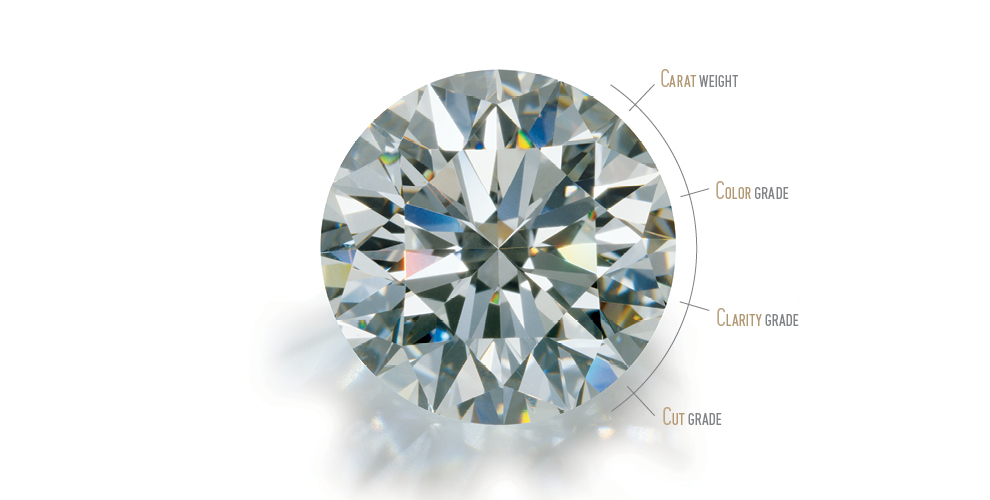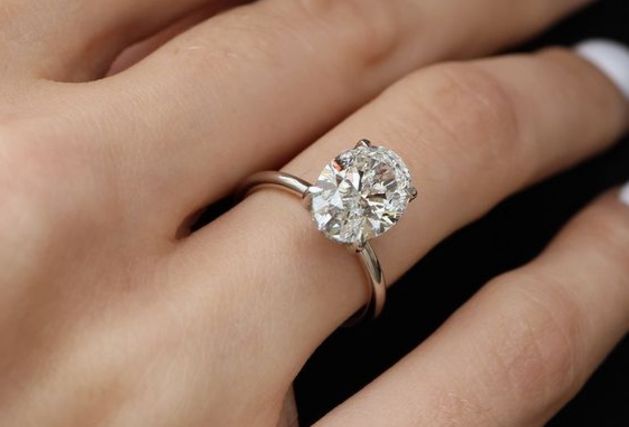Lab Grown Diamonds Are the Future: A Comprehensive Guide
Introduction to Lab Grown Diamonds
When you think of diamonds, what comes to mind? Probably the glittering, rock-hard gems displayed in jewelry stores or the sparkling engagement ring you’ve always dreamed of. But here’s a twist: what if I told you that the future of diamonds is not about mining but about making them in a lab? Yup, lab grown diamonds are stepping into the spotlight, and they’re not just a passing trend. Let’s dive into why these synthetic gems might just be the future of the diamond industry.
What Are Lab Grown Diamonds?
Lab grown diamonds, also known as synthetic or cultured diamonds, are real diamonds that are created in a controlled environment. Unlike natural diamonds, which are formed deep within the Earth’s crust over billions of years, lab grown diamonds are produced in weeks to months. They have the same physical, chemical, and optical properties as their natural counterparts. So, if you’re picturing a diamond in your mind, you’re thinking of something that’s essentially the same, whether it’s mined from the Earth or made in a lab.
How Lab Grown Diamonds Are Made
Creating diamonds in a lab involves replicating the conditions under which natural diamonds form. There are two main methods for doing this: the High Pressure, lab grown diamonds are the future, High Temperature (HPHT) method and the Chemical Vapor Deposition (CVD) method.
High Pressure, High Temperature (HPHT) Method
The HPHT method is like a high-stakes science experiment where you recreate the extreme conditions of the Earth’s mantle. By applying high pressure and temperature, carbon atoms are forced into the diamond structure. It’s a bit like cooking a diamond under a lot of pressure and heat until it reaches perfection.
Chemical Vapor Deposition (CVD) Method
On the flip side, the CVD method involves creating a diamond by using a gas mixture. Carbon-rich gases are ionized in a chamber, and the carbon atoms settle onto a substrate, forming a diamond layer by layer. Think of it as slowly building a diamond from a cloud of carbon.
Advantages of Lab Grown Diamonds
So, what’s all the fuss about lab grown diamonds? Here’s why they’re making waves in the diamond world.
Ethical and Environmental Benefits
First and foremost, lab grown diamonds come with a smaller environmental footprint. They don’t require mining, which can be detrimental to ecosystems and communities. Additionally, they eliminate the risk of conflict diamonds—those that are mined in war zones and sold to finance conflicts.
Cost-Effectiveness
Lab grown diamonds are also more affordable than natural diamonds. The cost savings come from the fact that they’re produced in a controlled environment, which can be more cost-efficient than traditional mining. This means you can get a bigger or better-quality diamond for the same price—or even less.
Quality and Purity
When it comes to quality, lab grown diamonds often match or even exceed the clarity of natural diamonds. Because they’re grown in a controlled environment, they can be free from many of the impurities found in natural diamonds. Plus, they’re graded using the same standards, so you’re getting a top-notch gem.
Lab Grown Diamonds vs. Natural Diamonds
Now, let’s compare lab grown diamonds with their natural counterparts.
Comparative Analysis
In terms of appearance, lab diamonds and natural diamonds are virtually identical. They both have the same sparkle, hardness, and brilliance. The key difference is their origin. Lab grown diamonds are created in a lab, while natural diamonds are formed over millions of years.
Market Perception
Despite their identical nature, some people view lab grown diamonds as less valuable or less prestigious than natural diamonds. However, as awareness grows and more people understand the benefits of lab grown diamonds, this perception is slowly changing.
Applications of Lab Grown Diamonds
Lab grown diamonds aren’t just for engagement rings and jewelry. They have a range of applications that are worth noting.
Jewelry
The jewelry industry is embracing lab grown diamonds for their ethical and cost advantages. From engagement rings to earrings, these diamonds are becoming increasingly popular among consumers who want a beautiful gem without the ethical baggage.
Industrial Uses
Beyond jewelry, lab grown diamonds are used in various industrial applications. Their hardness makes them ideal for cutting, grinding, and drilling tools. They’re also used in electronics and high-tech equipment due to their thermal conductivity.
The Future of Lab Grown Diamonds
So, what’s next for lab grown diamonds?
Technological Innovations
The technology behind lab grown diamonds is constantly evolving. Future innovations could lead to even more efficient production methods and higher-quality diamonds. Imagine diamonds that are even more flawless and affordable thanks to cutting-edge technology.
Market Trends and Predictions
The market for lab grown diamonds is growing rapidly. As more consumers seek sustainable and ethical options, the demand for lab grown diamonds is expected to increase. This trend could reshape the diamond industry and make lab grown diamonds a mainstream choice.
Challenges and Considerations
Of course, it’s not all smooth sailing.
Consumer Awareness
One of the challenges is increasing consumer awareness. Many people still don’t know much about lab grown diamonds or might have misconceptions. Education and transparency will be key in addressing this issue.
Regulatory and Industry Standards
Regulatory standards for lab grown diamonds are also evolving. Ensuring that these standards are consistent and transparent will be crucial for maintaining consumer trust and industry integrity.
How to Choose Lab Grown Diamonds
If you’re thinking about buying a lab grown diamond, here’s what to keep in mind.
Evaluating Quality
Just like with natural diamonds, you’ll want to evaluate the quality of lab grown diamonds based on the 4 Cs: Cut, Color, Clarity, and Carat weight. Make sure you get a diamond that meets your standards and preferences.
Certification and Provenance
Look for certifications from reputable gemological laboratories. These certifications ensure that the diamond is genuinely lab grown and meets quality standards. Knowing the provenance of your diamond can also add to its value.
Conclusion
Lab grown diamonds are more than just a passing trend; they’re a glimpse into the future of the diamond industry. With their ethical, environmental, and cost advantages, these gems are set to become a popular choice for consumers who value both beauty and responsibility. As technology advances and the market grows, lab grown diamonds may very well become the new standard in the world of sparkling jewels. Whether you’re a diamond aficionado or a curious shopper, keep an eye on this exciting development—it might just change the way you think about diamonds forever.


































